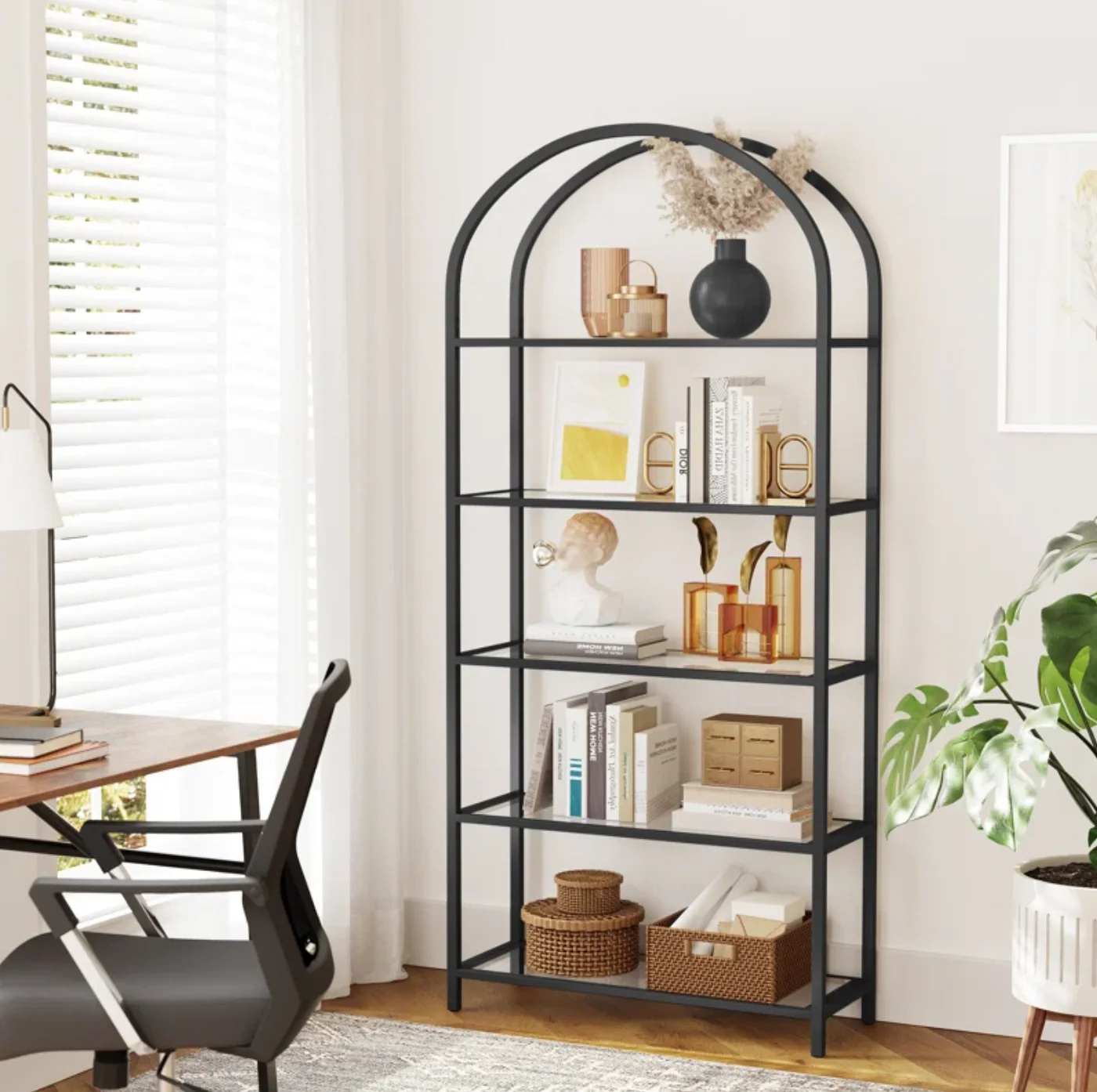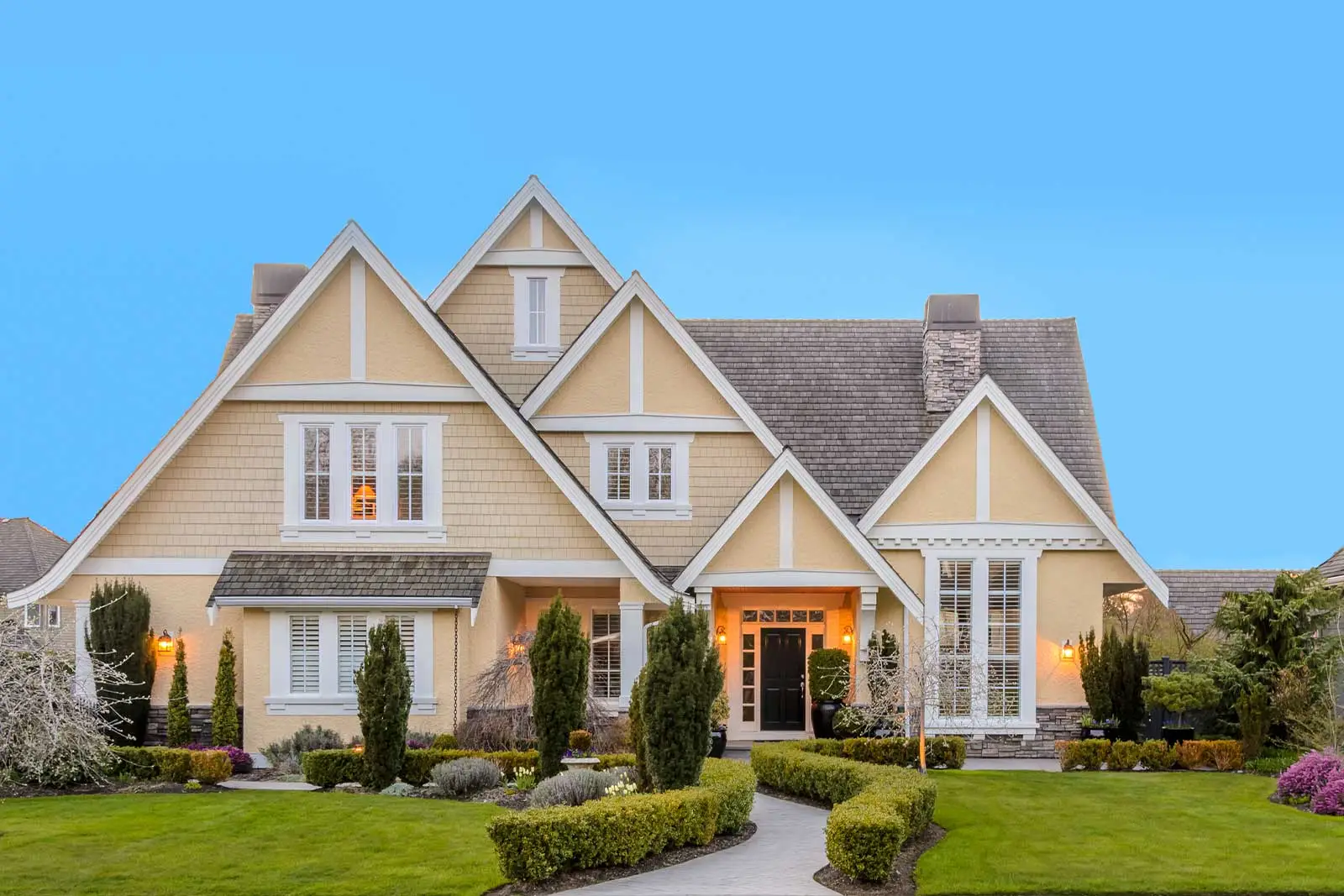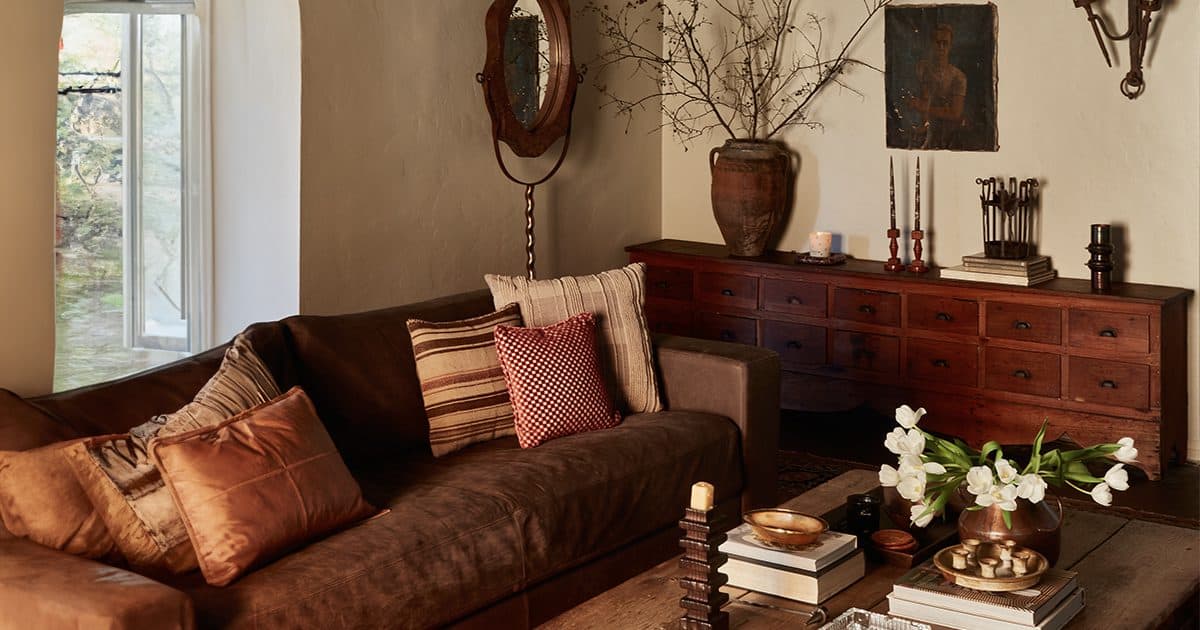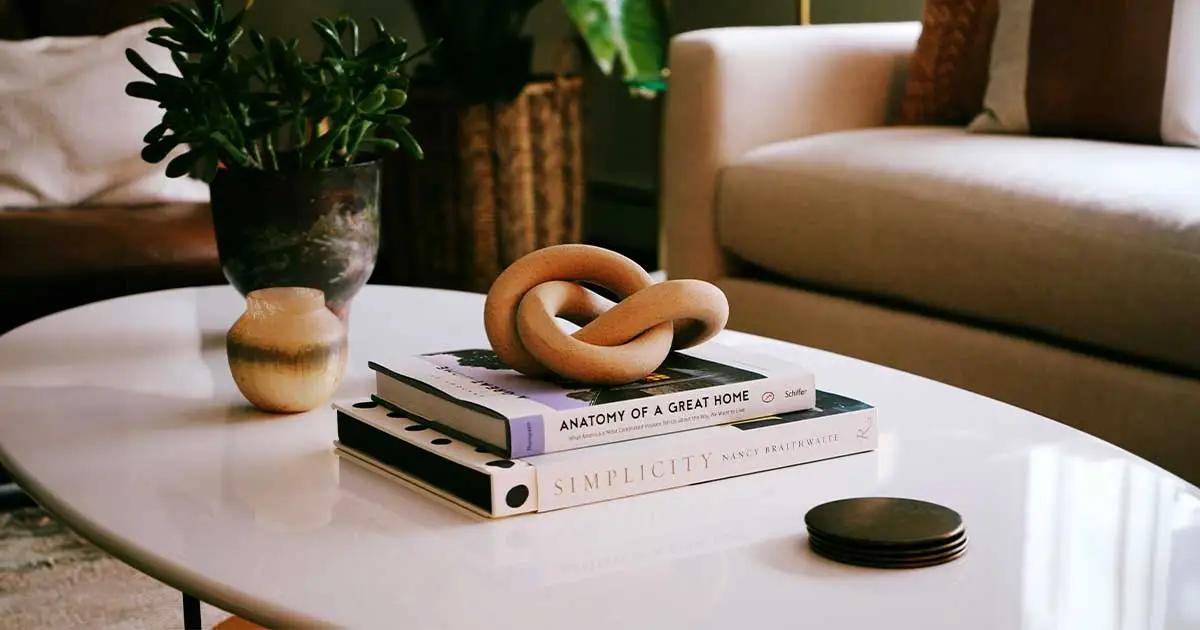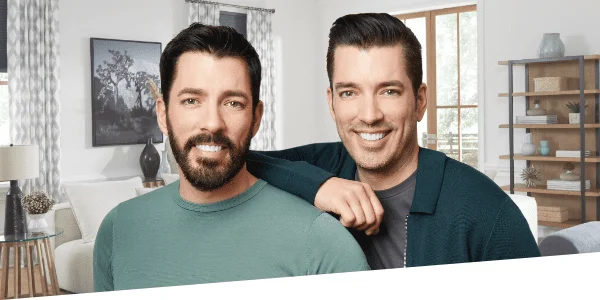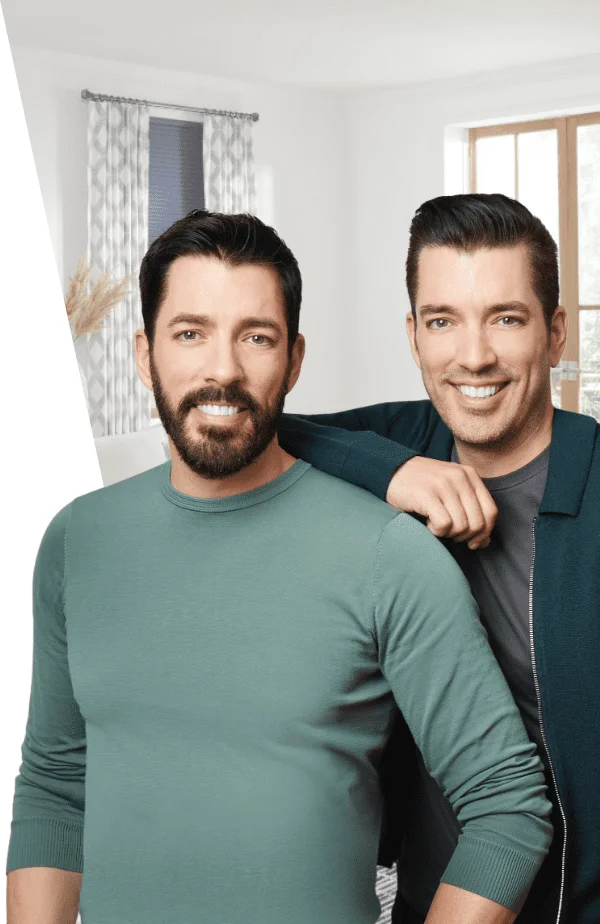Keia McSwain’s Black Interior Designers Network
Keia McSwain thinks it’s time the interior design world made room for Black-owned businesses. Here’s how she’s getting it done—and how you can help.
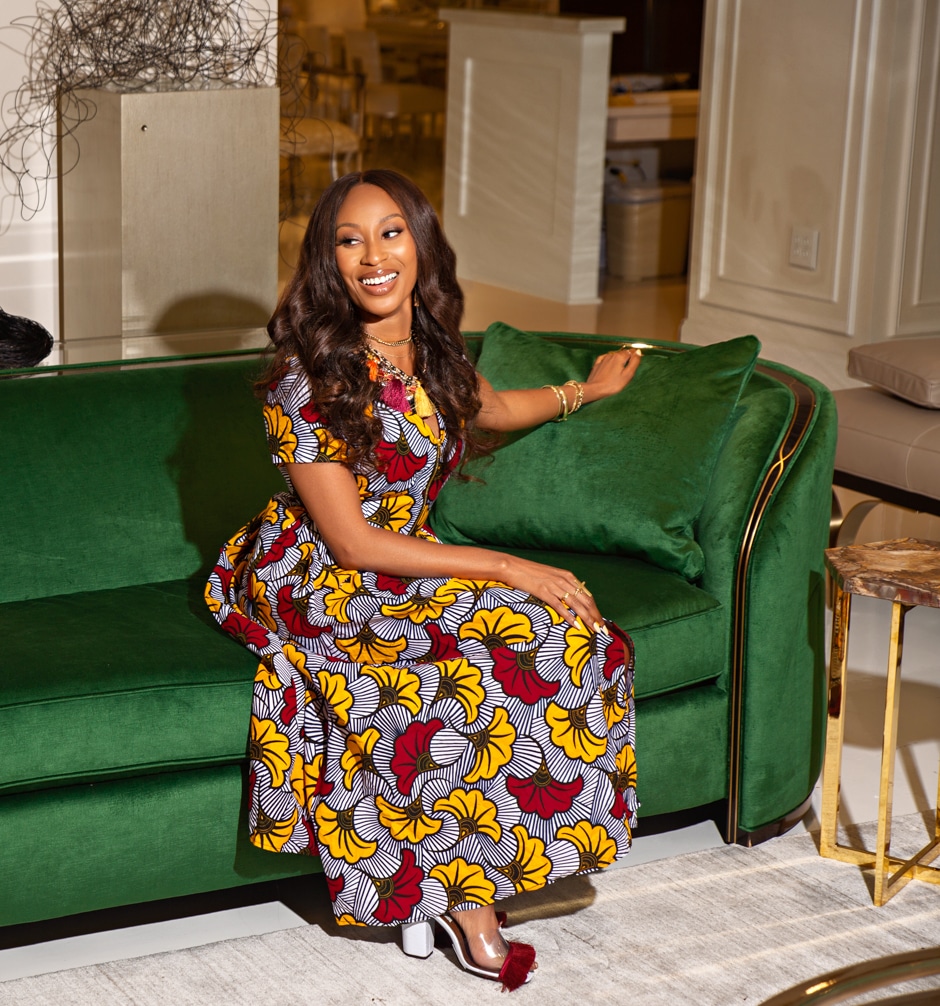
Keia McSwain is having a moment. And to the surprise of no one who knows her, it arrived because she stepped up to it. Her first break came in 2014, when, as a 26-year-old with an English degree and a dream of breaking into the design business, she met interior designer Kimberly Elaine Ward. Ward saw McSwain’s potential and hired her in a support role at her company, Kimberly & Cameron Interiors, a full-service design firm with clients around the country.
The position expanded quickly and McSwain (@keiamcswain) took over more of her supervisor’s duties after Ward was diagnosed with cancer. Sadly, Ward died three years later, leaving the firm and her brainchild, the Black Interior Designers Network (BIDN), in her protégé’s hands.
A McSwain-led BIDN (@blackinteriordesignersnetwork) has made it its business to carve out opportunities for new designers, creating a powerful buying network and cutting premiums for high-end pieces. The nonprofit went viral in June with a campaign challenging established designers to recognize long-held practices—some unconscious, some not so much—that were keeping designers of color from fully participating in the industry.
The Designer Ally’s How To, the industry’s answer to #SharetheMicNow and Blackout Day, fostered a reckoning for a business in which BIPOC talent is grossly underrepresented. It put McSwain in the spotlight—and in demand. In 2020, BIDN led diversity workshops for heavy hitters like Crate & Barrel and partnered with Architectural Digest on a virtual Black-led designer show house.
Just before a well-deserved vacation, McSwain talked with us about her journey and how readers can support the movement.
How did you get your break?
I was at a conference for the American Society of Interior Designers. Kim Ward came up to me and said, “I’m Kim. Walk with me.” I think she approached me because of my bold nature—I can walk into a room and be noticed—and the fact that we were the only Black women in this overwhelmingly white space. It was a life-changing moment. A lot of people don’t get the opportunity to experience mentorship. I did and I’m forever grateful for it.
What was your first job?
I served in three positions: I was editor for Kim’s magazine, Iconic Home. I was BIDN conference chair, so I pulled together the annual event. And when she began getting sick, I went from state to state doing installs and temperature gauges of clients. I would say I was a Jill-of-all-trades.
You’ve used your platform to champion diversity. Was it scary to go out on that limb?
I’m not a fearful person. People think that taking risks may lead to a failure and then being stuck if you fail, right? But really, you only lose if you never take the risk.
“My goal is to pull in as many genuine-hearted people as possible, and if they say they don’t know what we need and they need to be taught and shown, I’m willing to do it.”
—Keia McSwain
What does it mean to you to be part of the movement for racial equality in America?
It’s been a learning experience. And it’s been a teaching experience. My parents told me that when I was a little girl I wasn’t the type to tire! My goal is to pull in as many genuine-hearted people as possible, and if they say they don’t know what we need and they want to be taught, I’m willing to do it. That’s why we created the Designer’s Ally bullet points. They may not be perfect, but they’re a start, for people to say, “Well, what does this mean exactly?” It’s cool; we can explain. And if I can’t explain, I’ll get you to somebody who can.
What has changed in our culture to allow these conversations?
People being so tired that they can’t help but be honest. I overhead a lady saying, “I’m just so sick of all this Black Lives Matter.” And I stopped and I looked at her and said, “When people are ready to stop being racist, we’ll stop talking about it.”
I appreciate your honesty.
We’ve got a lot of work to do. And it will never end. So it’s just getting those people who you know are in the fight with you to understand, hey, we’re in this for life.
How can readers show support?
By investing their dollars in the Black design community. I’ve had four white clients reach out recently saying, “We’re looking for you because we want you to have our money.” And I was like, “All right; let’s make this happen.”
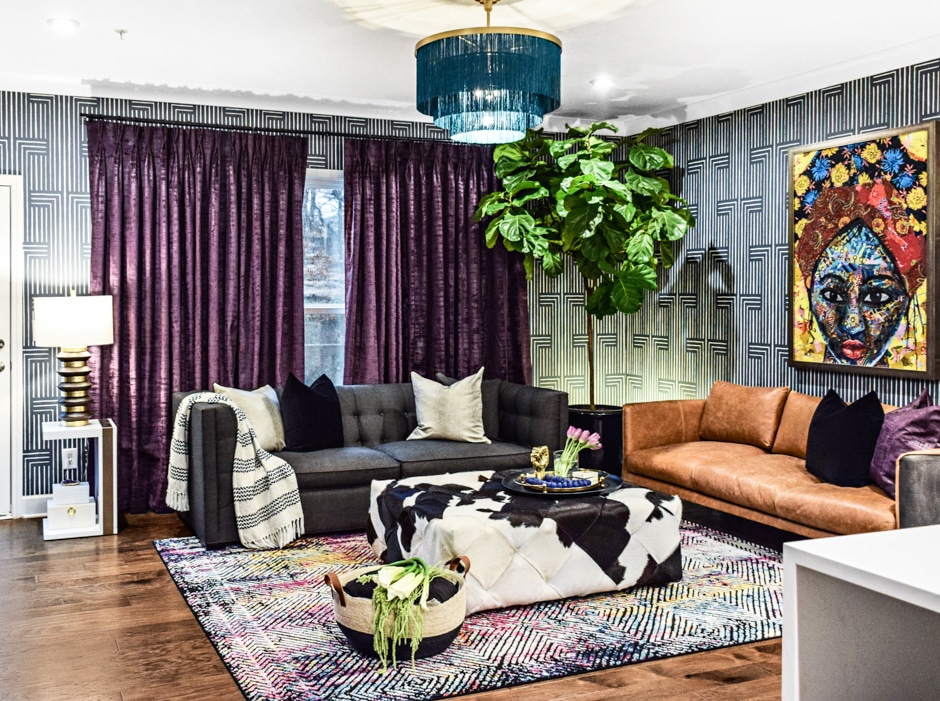
How does a client know when they’ve found the right designer?
Well, number one is if they like the person. With most designers, it’s not really about their style because you can tell a designer what you like, and the designer can adjust their design all day. It’s really about whether or not you like them and they like you. That said, designers love the creative freedom to show you what your home could be.
What’s a good way to connect with a Black designer?
Fill out an intake form at blackinteriordesignersnetwork.com and we’ll find you someone amazing!
“I’m so inspired by how Keia uses her platform to elevate other talented designers, making room for voices that traditionally have been marginalized. When we open up our worlds to diversity, they’re more rooted in story and meaning, and our lives are enriched!”
—Drew
By Ann Hinga Klein | Photograph of Keia by Will Sterling | Atlanta townhouse photograph by Clarence Gabriel
